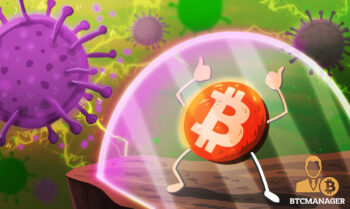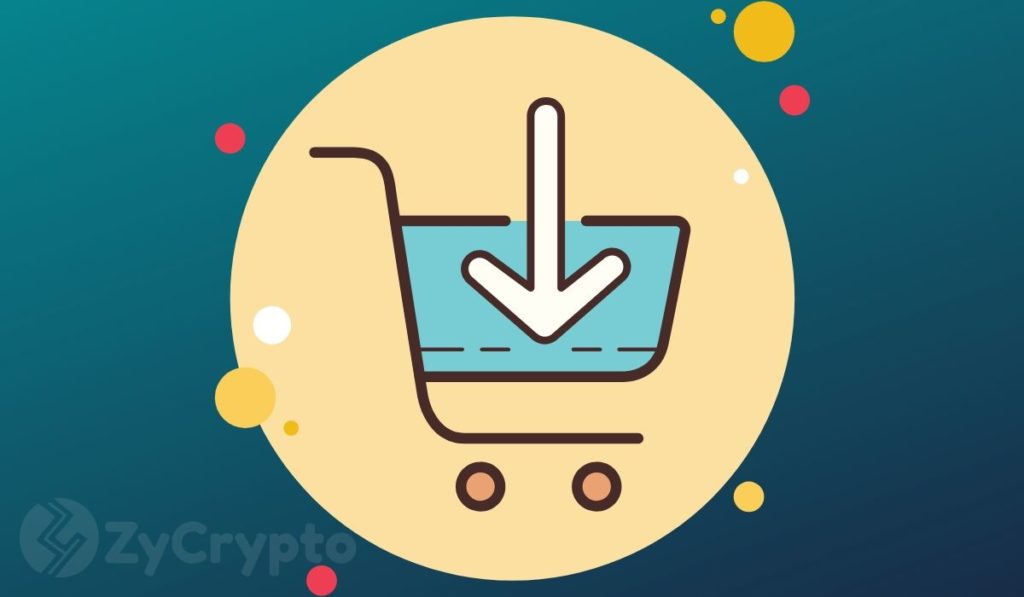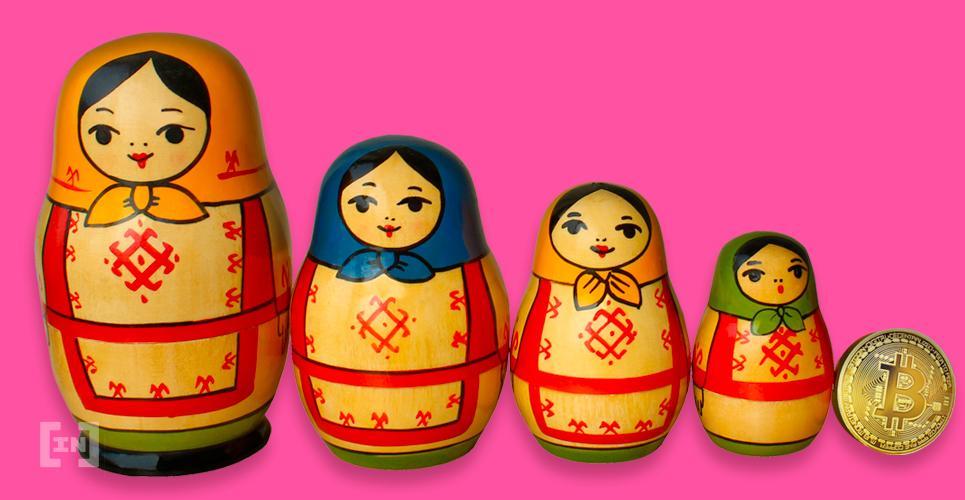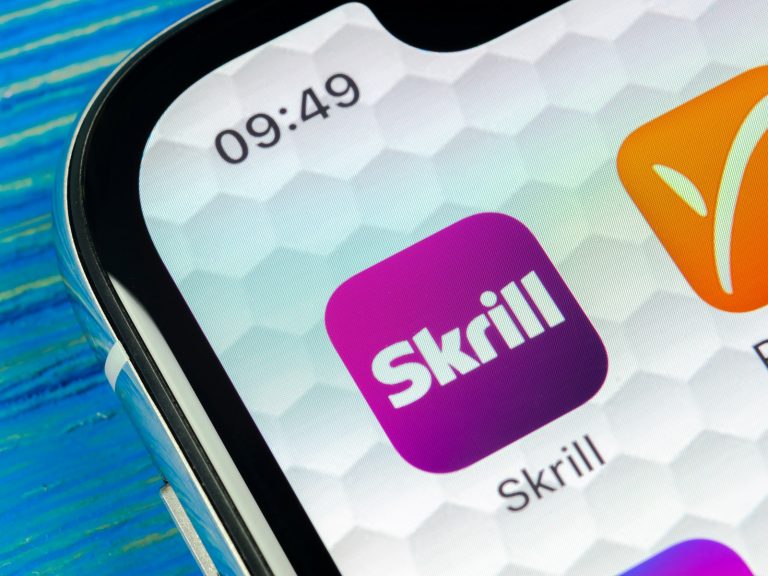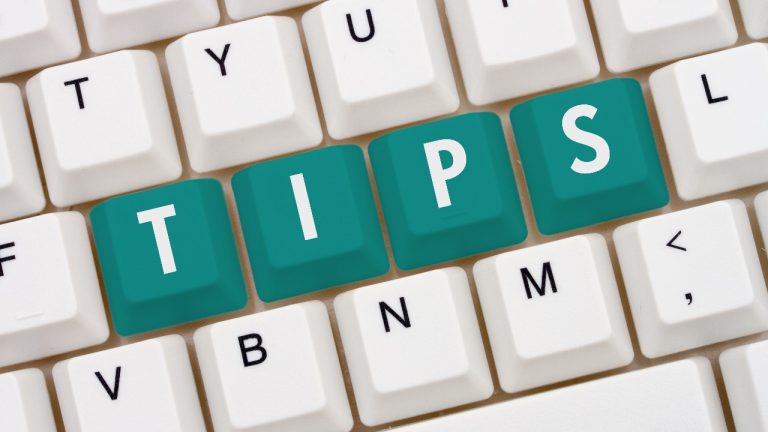2020-5-14 16:00 |
How to Buy BTC
Buzz is a-building around Bitcoin right now. Why? Because we’ve just witnessed an event that only happens once every four years — and something that’s only taken place twice since the world’s biggest cryptoasset was born in 2009.
As rare as an eclipse, a World Cup and your best friend buying you a drink, the Bitcoin halving generates a lot of excitement in crypto circles. It also seems you guys at home are a lot more curious about it. Google Trends data shows how waaaaay more people have been searching for info about this since the middle of March.
Here, we’re going to explain what the Bitcoin halving actually is (you can actually see the halving countdown ticking away until the block reward halving, in about four years, if you click right here) — and, if you’ve never dabbled in crypto before, take a look at how and where you can buy it for the first time… and why some think now is a good time to do so.
Key Takeaways: You can often buy Bitcoin using debit cards, your bank account or PayPal Bitcoin is fairly easy to buy in the U.S. and the U.K., but there are exceptions Watch out for big fees when you’re converting cash into cryptoassets What Is a Bitcoin Halving?Let’s rewind a sec and look at how the Bitcoin halving works. In all their infinite wisdom, its anonymous inventor Satoshi Nakamoto decided that only 21 million BTC would ever exist in the Bitcoin network blockchain.
Under Bitcoin’s rules, new coins are gradually released into the market as they are mined with the creation of new blocks, and those mining these new coins (and creating new Bitcoin blocks) get mining rewards. However, in order to keep the release of new coins slow and steady, the miners’ reward is cut by 50% every 210,000 blocks.
Why Halvings Are ExcitingOkay. At this point you’re probably nodding along, and perhaps you’re tempted to shrug a little. That’s because we haven’t gotten to the most interesting part yet.
The first-ever Bitcoin halving event took place on November 28, 2012 — slashing rewards to just 25 BTC at $12 each. But just look at where it was a year later. Dusting off the CMC archives, we can see that price of Bitcoin stood at $1,031.95 on that date in 2013. That’s an annual rise of 8,500% for Bitcoin price, the types of returns that would cause most Wall Street investors to faint.
A fluke! You say. A one-off! You protest.
Let’s travel in time to the next halving event (also known as the halvening) in 2016, when rewards were about to tumble once again, this time to 12.5 BTC. On the date Bitcoin hit 420,000 blocks — July 9, to be exact — one coin cost $650.96. A year later, I hear you ask? $2,518.44. The real yeast in the numbers was just around the corner. On Dec. 17, 2017, Bitcoin ballooned to its all-time high of $20,089. It took just 526 days for growth of 2,990% to be realized.
After hovering around that oh-so-important psychological price point of $10,000 in the beginning of May, the most recent Bitcoin halving on May 11,2020 took place right after Bitcoin rather suddenly dropped 10%, bringing it back under $9,000. At the time of the 2020 halving at block 630,000, Bitcoin’s price was at about $8,915.
The question on everybody’s lips now is whether Bitcoin will pull off another post-halving price rise for the third time in a row.
It’s fair to say the jury’s out on this one. You’ve got hardcore crypto advocates who say there’s no question BTC will achieve similar growth to the first two halvings. (According to Rekt Capital, that could put us at a ballpark of $385,000 to $400,000 in the short to medium-term.) Others insist the Bitcoin market has matured, that past halvings had one-off factors such as a rise in the popularity of initial coin offerings, and that the cryptoasset’s recent close correlation to the stock markets is a worry.
Either way, it’ll take 12 to 18 months to know who is right.
However, even though the halving did not bring about an immediate significant price action in either direction, there was some excitement when it was found that the last block mined before the rewards halved (block 629,000) contained an homage to Satoshi Nakamoto’s 2009 genesis block message.
In 2009, Satoshi imprinted the reality of the financial world at the time — “The Times 03/Jan/2009 Chancellor on brink of second bailout for banks” — while mining pool F2Pool did the same in reference to the 2020 coronavirus pandemic:
“NYTimes 09/Apr/2020 With $2.3T Injection, Fed’s Plan Far Exceeds 2008 Rescue.”
How to Buy BitcoinWith the stock markets taking a hammering of late, you might be thinking about diversifying your portfolio to bring in other asset classes. Bitcoin could be an option — but as we’ve seen, it’s not without risks. Prices can reach for the moon and crash back down to Earth… sometimes in the same week.
If you’re looking to get your hands on Bitcoin, remember that you don’t need to mine it yourself. Mining takes advanced equipment and extraordinarily high levels of energy consumption — and in any case, by May, just 2.625 million of BTC’s 21 million supply will be left out there to discover.
Especially over the past few years, Bitcoin has become a lot easier to purchase with your dollars and pounds (there are even such things now as Bitcoin ATMs and peer-to-peer sites like LocalBitcoins!). Some exchanges, both in general and Bitcoin exchanges, can link up with your bank account for speedy bank transfers. Trading platforms focus on helping newcomers by accepting debit and credit cards as a payment method, not to mention PayPal. On some peer-to-peer sites, it’s even possible to buy BTC using iTunes gift cards. What crazy times we live in!
A Few Things to Remember Before Using Fiat Currencies to Buy CryptoassetsFirst up, the fees can be a little nasty, meaning some exchanges could end up taking a sizable chunk of your capital. Sure, trading platforms will be treating some of this as their commission — but more often than not, it’s because they need to cover high processing fees from credit card companies and banks.
Another hurdle to be aware of? Know Your Customer (KYC) checks. These are now increasingly being enforced at the insistence of financial regulators, some of whom are worried that cryptoassets could be used for nefarious means. You might need to provide photographic ID before you’re able to get your hands on Bitcoin — such as a driver’s license or passport — and without hitting certain levels of verification, the amount of crypto you can buy on a weekly or monthly basis may be limited.
Where to Buy Bitcoin (If You’re an American or a Brit) Exchange Methods of Payment Where It’s Not Available Cryptoassets Offered Coinbase Bank account, debit and credit cards, PayPal Hawaii Bitcoin, Ethereum, XRP, Bitcoin Cash, Litecoin and others Binance Debit and credit cards Alabama, Connecticut, Florida, Hawaii, Idaho, Louisiana, New York, North Carolina, Texas, Georgia, Vermont, Washington Bitcoin, Ethereum, XRP, Bitcoin Cash, Litecoin and others eToro Credit card, PayPal, Neteller, Skrill, wire transfer U.S. residents who live outside America Bitcoin, Ethereum, XRP, Bitcoin Cash, Litecoin and others Gemini Bank transfer, wire transfer Hawaii Bitcoin, Ethereum, Bitcoin Cash, Litecoin and othersIf you live elsewhere, localized platforms can also enable you to snap up cryptoassets in your native fiat currency.
Some of the Most Popular OptionsWell-known cryptocurrency exchanges (with Bitcoin wallets) include Coinbase and Binance (disclosure: Binance Capital Mgmt now owns this website, CoinMarketCap). Both of these companies have licenses to operate in the whole of the U.K., and large parts of the United States and Europe.
Hawaiians who are hoping to get their hands on some crypto will have a tough time on Coinbase and Gemini, but the platform is available in all other states. Binance, which recently launched a specific website for the U.S. markets, is currently unavailable in about a dozen states, including Hawaii, Alabama, Florida, New York, Texas and North Carolina.
Binance offers specific websites that are tailored to U.S. and U.K. audiences. While the Binance.us site is designed for American users, Binance Jersey (Binance.je) site is tailored to British and European users. (Note: this refers to Jersey in the Channel Islands… not the state of New Jersey!)
Other well-known services include the likes of eToro and Gemini. While British users shouldn’t face any restrictions when they want to buy and sell Bitcoin, there are some nuances that Americans might need to get used to. EToro is available there, but U.S. residents who live abroad will be unable to use the service.
Why is it so hard for Americans to get their hands on crypto? Well, in part, this is because each state can throw up their own regulatory hurdles.
If you’re outside of the U.S. and U.K., don’t worry — it’s still possible to buy most digital currencies. It’s perfectly legal to do so in Canada, most European countries, and in most major Asian economies such as Japan and Singapore.
Cryptocurrencies are illegal in some countries, so do check before you buy. By and large, you’ll find it challenging to use one of these exchanges if you’re based in Iran, North Korea and Syria, for example.
Buying Bitcoin in 15 Minutes or Less: A Step-By-Step GuideSo… here is a step-by-step guide to buying Bitcoin on the Coinbase app (disclaimer: Coinbase was chosen because the writer of the piece is himself a Coinbase user.)
The process will be similar on other exchanges such as Binance and eToro. I made my girlfriend, who is also new to crypto, follow the steps below. All in all, it took her about 20 minutes. (Note: this was done in the U.K., so there might be some teensy differences where you are.)
1. Download the app. Make sure you’re getting the actual Coinbase app and not one impersonating it. Check the reviews and rankings to see it’s legit. It takes about 30 seconds to download.
2. Create an account. Type in your name, email and a nice, strong password. You’ll need to verify you’re over 18 and read some privacy notices. If you’re a speedy typist, this’ll take another 30 seconds.
3. Verification time. You’ll then need to verify your email address by clicking on a button that’s messaged to you. After this, a code will be sent to your phone in a text message, and you’ll need to type this into the app. These emails and texts will normally reach you immediately. Two minutes tops for this step.
4. Answer some questions. Financial regulations mean exchanges need to know who you are. You’ll be asked for your date of birth and postal address, and asked a few questions about why you’re using Coinbase and the source of the funds you’re using. This process is straightforward and takes a minute or two.
5. Upload your ID. Next, you need to provide a picture of your passport, driver’s license or national ID. This photo can be taken directly from the app. You’ll get an email when this process is complete, but often it only takes five minutes.
6. Add a payment method. From here, you can add your chosen funding method by pressing the green “Get Started” button. Bank accounts are recommended for large investments, while credit and debit cards are suitable for smaller purchases. If you’re adding a bank account, you’ll be asked to send a small amount of cash (about $2/$2.50) to Coinbase — including a reference number that’s linked to your account. (It’s quite long so make sure you double-check it’s right!) You’ll then get an email once your bank account has been linked, and this can happen immediately. Adding a credit card is nice and straightforward, and just like using a normal online shopping site. Allow five to ten minutes here.
7. Buy Bitcoin. And now, the moment of truth… buying your crypto! Hit the blue button at the bottom of the screen, and hit “Buy.” Choose Bitcoin, and type in how much you want to purchase (remember… you don’t have to buy a whole one). You can make a one-off purchase or buy more Bitcoin on a recurring basis every week, two weeks or month. Select your chosen payment method. Lastly, you’ll be able to review how much Bitcoin you’re buying, and the fees you’re being charged. Click “Buy Now” to confirm the purchase. This final flourish can take 60 seconds, although it might take a few minutes for the BTC to hit your account as the transactions are confirmed.
Ta da! If you sail through all of these steps, you’ll have Bitcoin in your wallet in just 15 minutes.
Bitcoin: Things to RememberWhen you’re scooting across the market for an exchange, there are a few top tips you’ll want to bear in mind.
First off, you’ll want to check out their security standards, as some have faced a few nasty hack attacks in recent years. Remember that storing your crypto on an exchange (instead of owning your own private keys with hardware wallets) means you are putting your trust in the exchange to keep your Bitcoin safe. News coverage from trusted sources can help here.
Next, check out whether your chosen exchange offers any resources that’ll help you make the most out of the platform. Step-by-step guides, complete with screenshots, can be invaluable when you’re making your maiden purchase.
Don’t be afraid to compare impartial ratings for ease of use and customer service, and be sure to use CoinMarketCap’s rankings to assess exchanges based on their trading volumes and liquidity. This second metric is particularly important, as it may determine how easily you’re able to convert your crypto into other cryptoassets, stablecoins or back into cash.
Don’t forget that cryptoassets are volatile and can carry some risk. Make sure that you only invest what you can afford to lose. There are differing opinions on how much of your portfolio should be devoted to Bitcoin — anywhere from 1% for a casual investor to 10% for an aficionado. And lastly, remember that you’re liable to be taxed on any gains you make from cryptoassets. With agencies in both Britain and America clamping down on investors, it’s crucial to know your obligations.
This article is intended to be used and must be used for informational purposes only. It is important to do your own research and analysis before making any material decisions related to any of the products or services described. This article is not intended as, and shall not be construed as, financial advice.
The views and opinions expressed in this article are the author’s own and do not necessarily reflect those of CoinMarketCap.
The post How to Buy BTC Before the Next Halving (in 2024!) appeared first on CoinMarketCap Blog.
Similar to Notcoin - TapSwap on Solana Airdrops In 2024
Bitcoin (BTC) íà Currencies.ru
|
|

